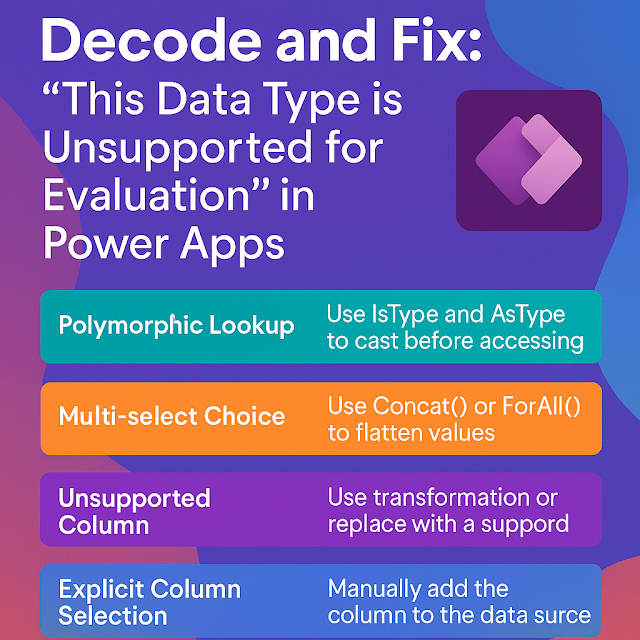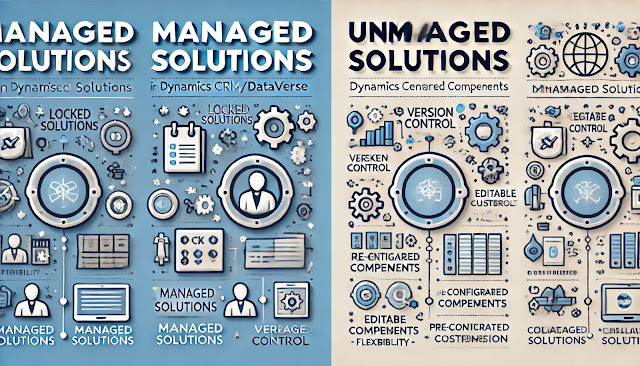Dynamics 365 Field Service : Configure booking status and work order sub-status values
In Dynamics 365 Field Service, effectively managing work orders involves configuring both Booking Statuses and Work Order Sub-Statuses. These configurations provide granular control over the service lifecycle, enabling organizations to tailor the system to their specific operational workflows.
Configuring Booking Statuses
Booking Statuses represent the current state of a resource's appointment related to a work order. They are crucial for tracking the progress of service tasks and can influence the overall status of the associated work order.
Steps to Configure Booking Statuses:
1. Navigate to Booking Statuses:
- In the Field Service application, go to Resources > Booking Settings > Booking Statuses.
2. Create or Edit a Booking Status:
- Click on New to create a new status or select an existing one to edit.([learn.microsoft.com][3])
3. Set Display Attributes:
- In the Common tab, define the Status Name and choose a Status Color to visually represent the status on the schedule board
4. Map to Field Service Status:
Under the Field Service tab, assign a Field Service Status (e.g., Scheduled, In Progress, Completed) to align with system-defined statuses.
5. Configure 'Status Completes Work Order':
- Toggle the Status Completes Work Order setting:
- On: Selecting this booking status will mark the associated work order as completed.
- Off: The work order remains open, allowing for additional bookings or follow-up actions.
Note: Changes to existing booking statuses will only affect new bookings; existing bookings remain unaffected.
Configuring Work Order Sub-Statuses
Work Order Sub-Statuses provide additional granularity within the primary system statuses (e.g., Scheduled, In Progress, Completed), allowing organizations to capture more specific stages or conditions of a work order.
Steps to Configure Work Order Sub-Statuses:
1. Access Work Order Sub-Statuses:
- Navigate to Field Service > Settings > Work Order Sub-Statuses.([learn.microsoft.com][3])
2. Create a New Sub-Status:
- Click on New to define a new sub-status.
3. Define Sub-Status Details:
- Enter a Name for the sub-status.
- Set the Default Sub-Status toggle if this should be the default for its associated system status.
4. Associate with System Status:
Link the sub-status to a specific System Status (e.g., Scheduled, In Progress) to ensure it reflects the correct stage in the work order lifecycle.
Note: While system statuses are fixed and should not be modified, sub-statuses offer flexibility to represent various operational nuances.
Benefits of Proper Configuration
- Enhanced Visibility: Detailed statuses provide clearer insights into work order progress.
- Improved Scheduling: Accurate status tracking aids in efficient resource allocation.
- Customized Workflows: Tailoring statuses to specific business processes enhances operational alignment.
- Better Reporting: Granular statuses enable more precise analytics and performance tracking.
For further guidance on setting up booking statuses, refer to Microsoft's official documentation: Set up booking statuses - Dynamics 365 Field Service












Comments
Post a Comment